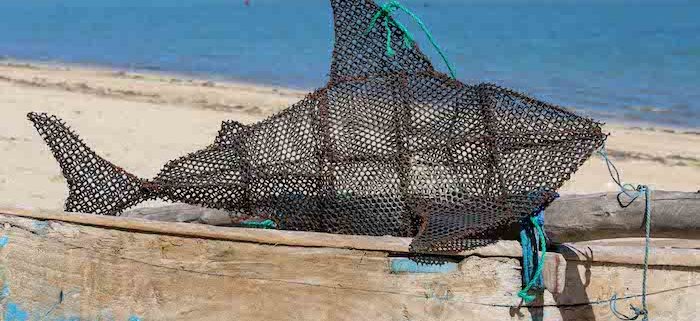Scarecrows For Turtles
Here is the fifth blog instalment of our aquaculture intern, Nathaniel Maekawa, in which he describes further his experience working at Reef Doctor, some projects he has followed and even a spark of tourism…
“Seaweed flour and fertilizer, water bottle crab traps, a harvest day salt shaker, and scarecrows for turtles. These are all projects that embody the creativity and inspiration held by past and present aquaculture interns. The need for an aquaculture intern to have a schedule that is flexible with current events, allows for opportunities to follow more specific interests and apply one’s own unique skill set. Although I cannot take credit for the idea or the ambition that started the, “Turtle Scaring” project at ReefDoctor, I am more than happy to be carrying on its progression. Inheriting one steel wire shark, some technical knowledge, research papers, and raw materials in the form of wire and extra mesh from a juvenile sea cucumber pen, I began with a solid foundation for project development. Over the past couple of weeks, another shark has been constructed, and tests have been planned to gather data on line measurements, shark buoyancy, and seaweed baseline data. If all goes according to plan, a methodology will be drawn up, and our sleek sharks will be patrolling a portion of our seaweed farm, lurking to prevent any potential turtle grazers from munching up our produce.
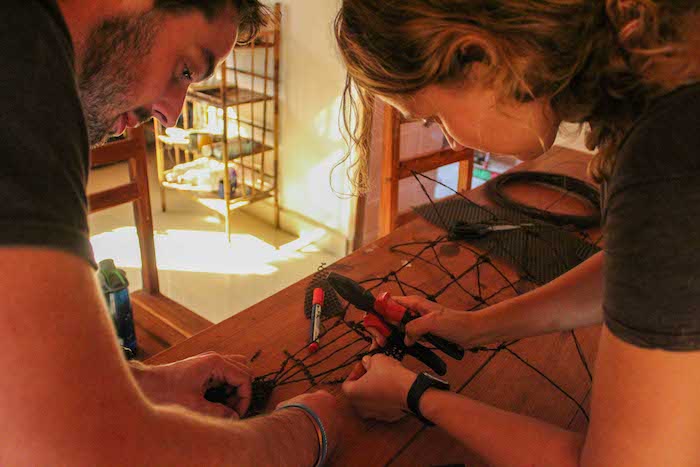
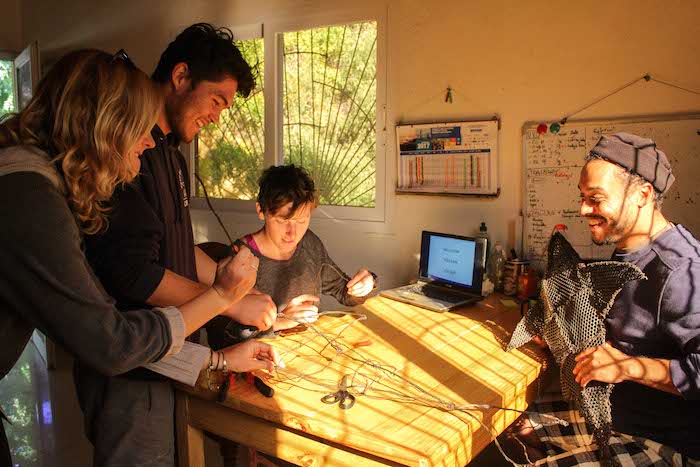
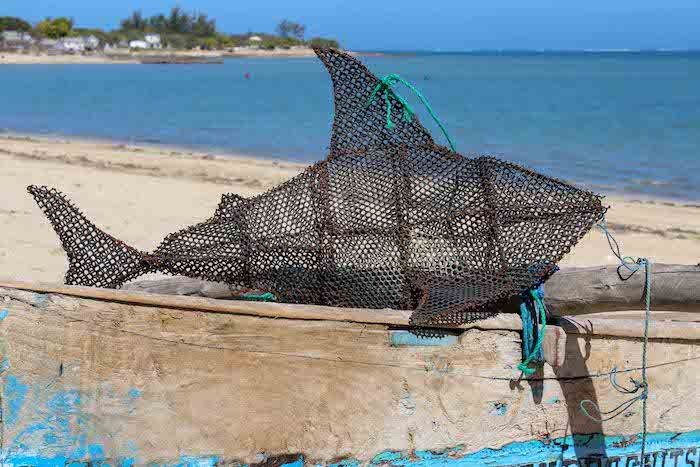
Besides the applied arts and crafts sessions, work at aquaculture continues in the form of village visits, data input, presentations on sustainability, and report writing. The general quarterly report that I’ve been working on for the past couple of weeks, has finally been finished and was sent on for further review. Once it has been fully edited and finalized, it will be translated and utilized by the Ministry of Fisheries in Madagascar. It is pretty cool to have crafted something that will inform many people on the status of our project, and that will potentially guide the project’s future. With our seaweed lines in a forty-day harvest cycle, last week prompted an opportunity to go to the farm with some of our technicians and replace a recently harvested line. Tying propagules into little blue loops, we floated on the pirogue. After we had finished adding fresh plants to the line, the technicians added water bottles for buoyancy and identification, and then proceeded to tie the line into our farm’s design. It was certainly a welcome experience to see and learn the process behind placing the lines that we clean so often. On a side note, it was also remarkable to see how much speed a pirogue can build when properly paddled. Since the technicians are highly skilled in the art of pirogue rowing, their being on board resulted in my looking back several times to see if someone had attached a motor to our hull.
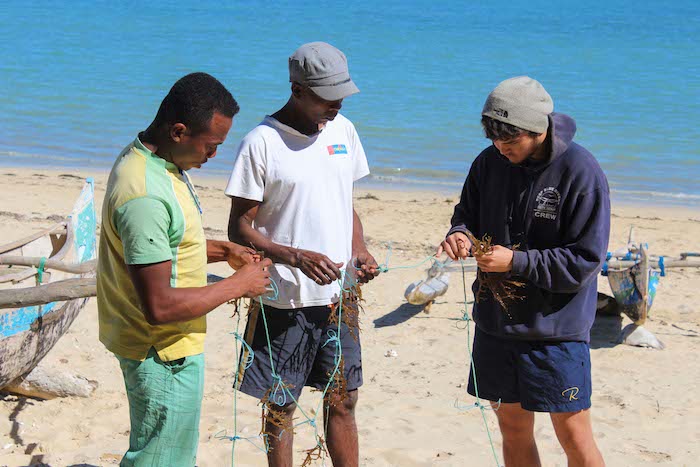
To ensure that interns, staff, and volunteers have time to see the unique ecological beauty of Madagascar, ReefDoctor allows its workers to take a certain amount of time off. The length of holiday varies for the position someone holds with the organization, thus, after over a month of work, I was able to take two days off for a long weekend trip to Isalo National Park. Catching a taxi brousse from Tulear, my friends and I arrived in a town called Ranohira. Surrounded by towering sandstone ridges, we worked out a plan with our guide, and then, the next day, we trekked into the rocky embrace. As the gentle orange of dawn crept across the vast savannah, our guide led us across rustic trails, and through breathtaking landscapes. Time went on, and we started a descent to arrive at our campsite. Porters who had carried in camping equipment and food, served a delicious three course meal, and ring-tailed and red fronted brown lemurs were abound. Since the campsite was placed (rather strategically) in an area with many fruit bearing trees, the lemurs come in dozens every day around lunch to feast. We were particularly lucky to see a lone Verreaux’s Sifaka snacking near camp. After a while, either her belly or her patience became full, and she did her little Sifaka dance back into the forest. The excursion continued with treks that followed winding rivers whose banks teemed with vegetation whose green color was strikingly vibrant. The rivers fed into natural swimming holes that offered a refreshing dip. That is, until the sun disappeared behind a ridge, and relaxed floating became a mad scramble to exit before contracting hypothermia. The night was spent drinking rum, eating another delicious meal, and getting informal Malagasy lessons from our guide and porters. Much laughter was shared.
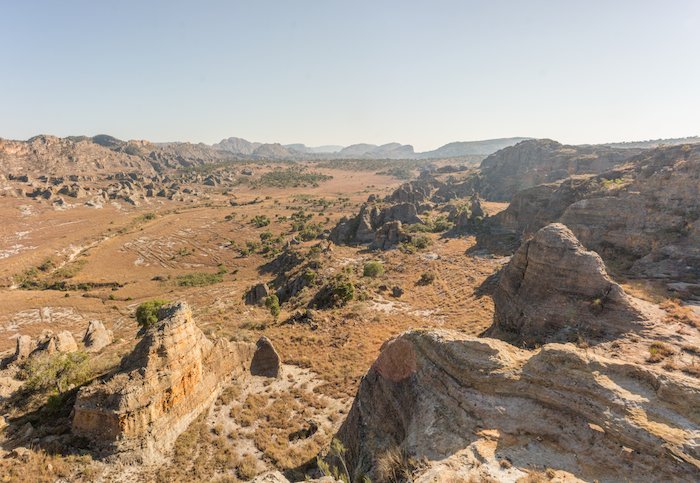
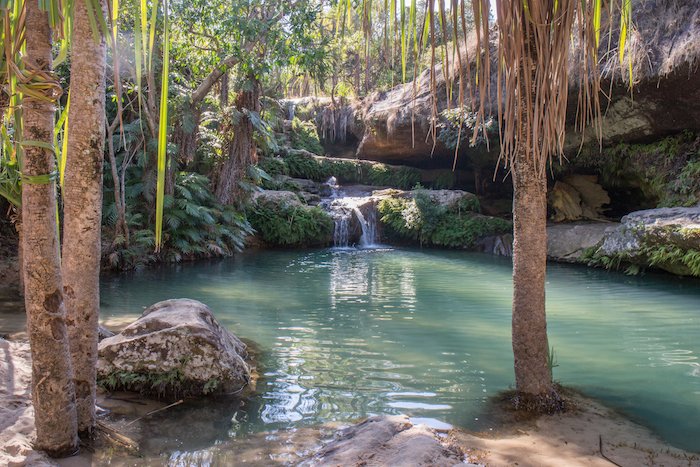
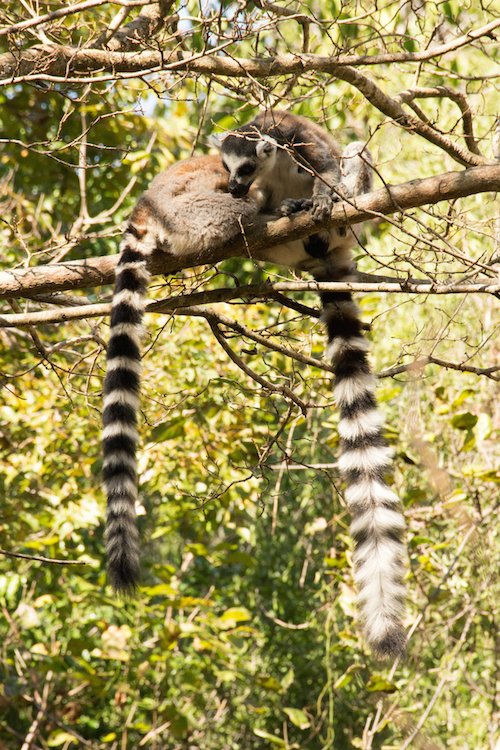
Another day of trekking through canyons and then another day of broussing along Route 7, brought us back to Tulear. We scrolled through our track phone’s contacts to dial up our favorite Tuk Tuk driver (appropriately named “Big Boss”) and rolled on past the checkpoints, villages, dunes, and mangroves that have become so familiar. The sun was setting as we rode back, just as it was the first night that I rode into ReefDoctor. Despite several weeks of adapting to life in Southwest, Madagascar, it’s a humbling feeling to be connected to my former self by an unwavering awe for the beauty this region, and this country has to offer.”
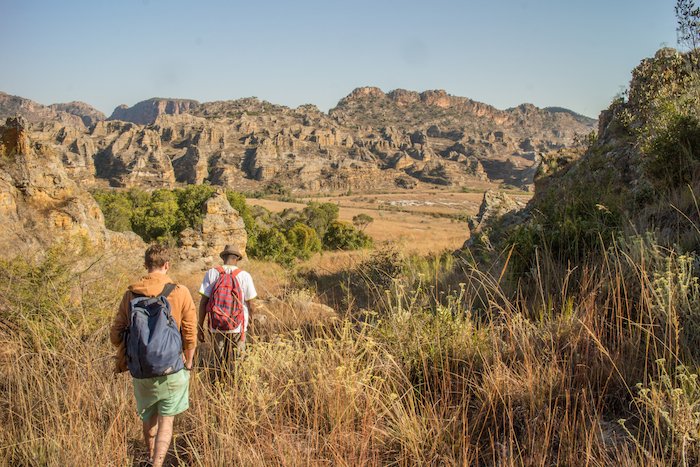
Photo credit: Karin Moehler, David Fishlock

